A lanthanide–carbon triple bond has been created for the first time, specifically a bond between cerium and carbon, encapsulated within a C80 fullerene cage. This is a significant development in lanthanide chemistry, as isolating lanthanide–ligand multiple bonds has been a persistent challenge in f-block chemistry.
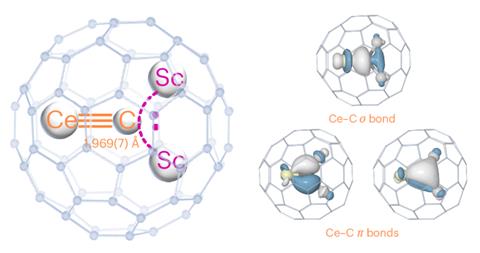
Over the past two decades, considerable efforts have been made towards the synthesis of complexes featuring lanthanide-ligand multiple covalent bonds – a rarity as lanthanides typically prefer ionic bonding. Despite advances in f-block chemistry, the formation of a lanthanide–carbon triple bond had been thought to be beyond the bonding ability of 4f elements due to lanthanides’ large radii and limited orbital overlap. Nevertheless, cerium has been considered a promising candidate for such a bond among the lanthanides due to its stability in a tetravalent oxidation state – it can form stronger covalent interactions with carbon, allowing the shorter bond length necessary for a true triple bond.
To achieve this, the researchers used arc discharge with graphite rods packed with metals in a helium atmosphere, generating carbon soot containing various metallofullerenes. These were extracted, and CeSc2C@C80 was separated using high-performance liquid chromatography. The team then characterised the molecule using single-crystal x-ray diffraction, which revealed a cerium–carbon bond length of 1.89Å — exceptionally short and consistent with triple-bond character, supporting true multiple bonding rather than ionic interaction. X-ray diffraction also confirmed the linear geometry of the cerium–carbon unit inside the cage. Further quantum computational analysis validated the bond length and electronic structure seen experimentally.
The new study also emphasises the critical role of the fullerene – acting as a protective nano-container effectively stabilising bonding that is unavailable in conventional compounds. The C80 cage also protects the cluster from air, moisture and self-reaction without disrupting its bonding. This new discovery expands fullerene applications in stabilising unusual bonding motifs demonstrating new ways to study rare covalent interactions in f-block chemistry.
Next, the researchers aim to explore other lanthanide–carbon triple bonds using similar methods to identify trends across the f-block. This work not only challenges conventional views on lanthanide bonding but also opens new directions for synthetic f-block chemistry and the study of extreme bonding scenarios.
References
H Jiang et al, Nat. Chem., 2025, DOI: 10.1038/s41557-025-01856-2



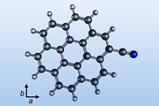

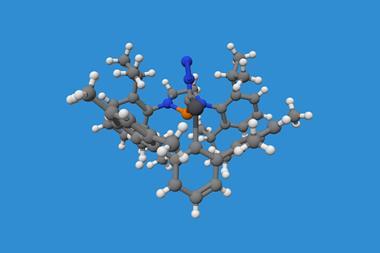
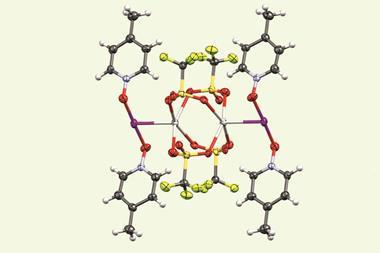
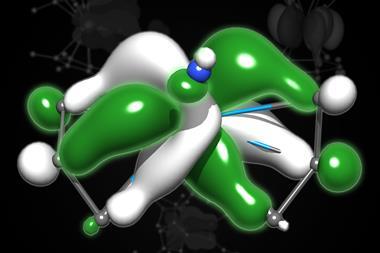
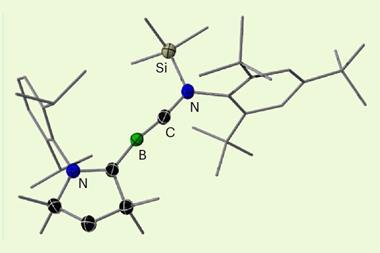








No comments yet